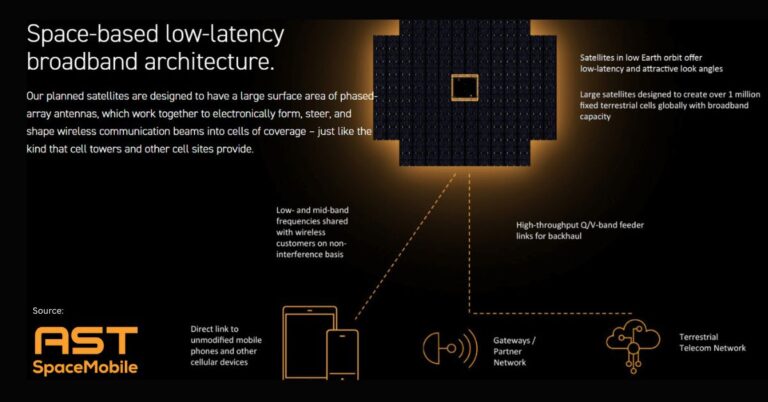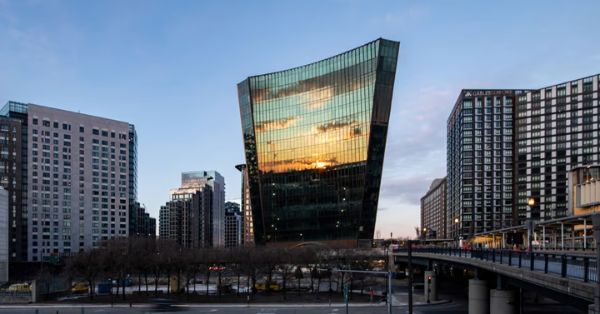Ryder Cup 2025: Enterprise AI Proving Ground
The Bethpage Black Ryder Cup turned a 1,500‑acre golf course into a pop-up smart city, giving HPE a high-stakes stage to showcase end-to-end AI, networking, and edge operations at scale.
Temporary Mega‑Venue, Enterprise‑Grade Expectations
Golf is a network planner’s stress test: fans are constantly moving, crowd density swings hole-to-hole, and the venue is built from scratch for a few intense days. More than 250,000 spectators demanded seamless connectivity, broadcast-grade reliability, and instant digital services. This environment forced an enterprise-grade blueprint—fast deployment, elastic capacity, airtight security, and automated operations—mirroring the requirements of modern campuses, arenas, and industrial sites.
Blended Access with Wi‑Fi 6E, Private 5G, and Public Cellular
HPE deployed a mixed access fabric instead of betting on a single technology. Wi‑Fi 6E handled high-density areas, a three-node private 5G network (via HPE Athonet) added deterministic coverage and device mobility, and public cellular filled gaps. Unlike Rome 2023, where private 5G supported backhaul, Bethpage had fiber across the course, shifting private 5G’s role toward complementary access. The lesson: plan for coexistence and steer traffic to the best medium per use case.
AIOps First: Autonomous Assurance Beyond Human Scale
HPE Aruba Networking Central monitored and tuned the temporary network in real time, backed by 170 CX switches, 650 Wi‑Fi 6E access points, and 25 UXI sensors. AI-driven anomaly detection, root-cause guidance, and closed-loop actions kept performance steady as crowd patterns shifted. This is the managed-service play operators and venue owners want: fewer tickets, faster remediation, and proof of experience with continuous telemetry.
HPE’s Full‑Stack Play—and Implications for Cisco and Juniper
HPE used Bethpage to advance a full-stack narrative that goes beyond APs and switches to AI-enabled outcomes, putting competitive pressure on Cisco, Juniper Mist, and Extreme in high-visibility venues.
From Hardware to Prescriptive Blueprints
The on-course footprint was large, but the strategy mattered more: a prescriptive design for rapid stand-up, policy-driven segmentation for staff, media, retail, and fan traffic, and centralized control for dynamic tuning. This positions HPE Aruba not just as a WLAN vendor, but as an experience platform that spans Wi‑Fi, private 5G, and wired, all orchestrated by cloud AIOps. In a market long shaped by Cisco’s stadium portfolio and Juniper’s AI-first pitch, this reference win signals share-of-mind momentum for HPE in premium venues.
Turn Video into Operational Data
Edge cameras and models turned retail and crowd management into data-driven workflows: people counting, queue and dwell times, density thresholds, and staffing optimization across merchandise operations. These are not novelty dashboards; they connect to revenue protection, safety, and throughput. For buyers, the implication is clear—treat video as an operational signal, not just a security feed.
Seconds‑Level Insights for Fan Engagement
HPE supported near real-time match summaries and AI-enriched context—drive length, proximity to the pin, and probability updates—to power clips and in-app features. Outcome IQ, built with Capgemini, refreshed predictions in seconds, giving fans and broadcasters live context that previously required manual curation. This closes the loop from edge capture to cloud inference to consumer experiences, an architecture enterprises can reuse for digital twins, guided work, and real-time decisioning.
Private Cloud AI: Bringing the Control Room to the Edge
Beyond connectivity, HPE used a private AI stack to fuse data from ticketing, POS, GPS, and video into a live operational picture.
GPU‑Accelerated Connected Intelligence Center
A centralized “Connected Intelligence Center” ran an Operational Intelligence Dashboard built on HPE Private Cloud AI with Nvidia acceleration. Organizers fused ticket scans, concession sales, golf cart telemetry, and camera analytics to monitor flow, trigger interventions, and quantify outcomes. This is the playbook for operators and venue owners: a data plane connected to an action plane, with governance and observability built in.
Ops AI Assistant: Staff Copilot for SOPs and Actions
HPE piloted a generative AI assistant for operations teams to answer how-to questions from manuals and procedures, reducing ramp time and human error. Expect this to evolve into agentic workflows that not only recommend fixes but execute standard changes under policy—crucial for short-lived events and distributed enterprises alike.
Implications for Telcos, Enterprises, and Tech Partners
The Ryder Cup showcases a repeatable pattern for high-density, high-variability environments that telcos and enterprises can adopt now.
What to Do Now
- Design for blended access. Use Wi‑Fi 6E/7 for density and private 5G for mobility, QoS, and critical devices; integrate public cellular for reach.
- Put AIOps at the center. Instrument with UX sensors, stream telemetry, and enable autonomous remediation for incident prevention.
- Treat video as data. Deploy vision analytics for safety, retail, and crowd ops with clear data governance and consent strategies.
- Build an operational data fabric. Fuse POS, ticketing, location, and network data; standardize schemas and real-time pipelines.
- Pilot ops copilots. Start with retrieval-augmented assistants for SOPs; roadmap to agentic actions with approvals and rollback.
What to Watch Next
- Agentic networks. Policy-driven systems that detect, decide, and act across Wi‑Fi, 5G, and WAN without human intervention.
- 3GPP Rel‑18 features and Wi‑Fi 7. Deterministic uplink, RedCap devices, and multi-link Wi‑Fi will sharpen the “right tool for the job” calculus.
- Ecosystem plays. Partnerships like HPE–Capgemini and Nvidia acceleration will differentiate time-to-value as much as hardware.
- Competitive response. Expect Cisco to lean on Meraki, ThousandEyes, and its sports franchise base; Juniper Mist will press AI assurance; Extreme will emphasize venue wins. Proof will come from integrated AI outcomes, not throughput claims.
- Privacy and compliance. Scaling vision and behavioral analytics demands clear consent, retention policies, and role-based access, especially for events that cross jurisdictions.
Key Takeaways
HPE turned a marquee global event into a full-stack case study for AI-powered operations, fan engagement, and blended connectivity—and in doing so, pushed the venue networking debate beyond speeds and feeds.
Why it matters now
Enterprises and operators don’t just need better networks; they need observable, automated, and monetizable environments, and the Ryder Cup shows that blueprint is ready for production today.









































